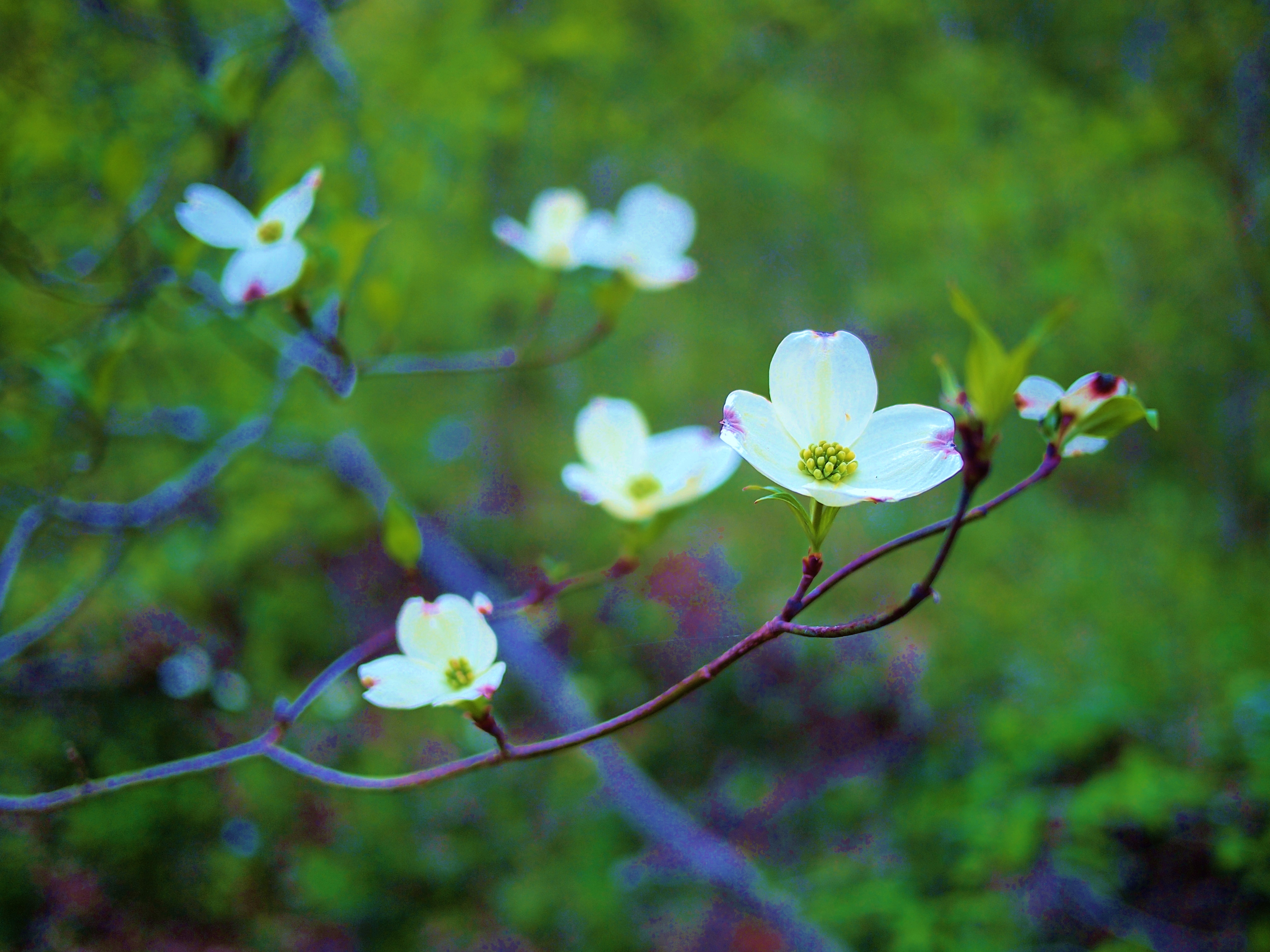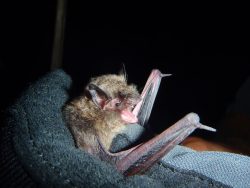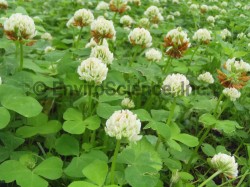ENDANGERED BAT SURVEY
The summer bat roosting season is approaching, and any projects that occur within the range of the federally endangered Indiana Bat (Myotis sodalis) and/or the federally threatened 4(d) Northern Long-Eared Bat (Myotis septentrionalis) will require compliance with the Endangered Species Act through coordination with the United States Fish and Wildlife Service (USFWS) and state wildlife agencies. Indiana and Northern Long-eared bats are found across much of the eastern and north central United States. The USFWS restricts tree clearing during the Myotis summer roosting season, which means no clearing from April 1st – September 30th without USFWS coordination.
Investigate early to find out if listed bat species may affect your project timeline or budget by requesting information from the U.S. Fish & Wildlife Service.
EnviroScience, Inc. employs bat ecologists who are experts in the coordination and permitting processes, and can guide your project through the process with minimal delay. The level of coordination required will be based on the project type, location, and potential listed species in the project vicinity. EnviroScience bat ecologists can perform a site screening and surveys (emergence, mist nets, or acoustic) if required. Read more about EnviroScience’s bat survey services here.
For any inquiries, please call us at 330-688-0111 or email us at .
ENDANGERED PLANT SURVEY
There are over 900 federally-listed endangered and threatened plants in the US, which are protected on both public and private lands. Many more species are protected at the state level.
Any projects with a federal nexus are required to perform a rare plant species survey in accordance with the Endangered Species Act. For example, the federally endangered Running Buffalo Clover (Trifolium stoloniferum) is found in IN, KY, MO, OH, and WV, with historic records in AR, IL, and KS. The ideal time for surveys is during or immediately following bloom time, which occurs from late May to early June. If found onsite, project options include avoidance of the species, relocation of the species, or mitigation.
EnviroScience, Inc. employs botanists who are experts in the compliance process and are well versed in the identification of rare plants. To read more about our plant survey services, click here.
If you have any questions, please call us at 330-688-0111 or email us at .




